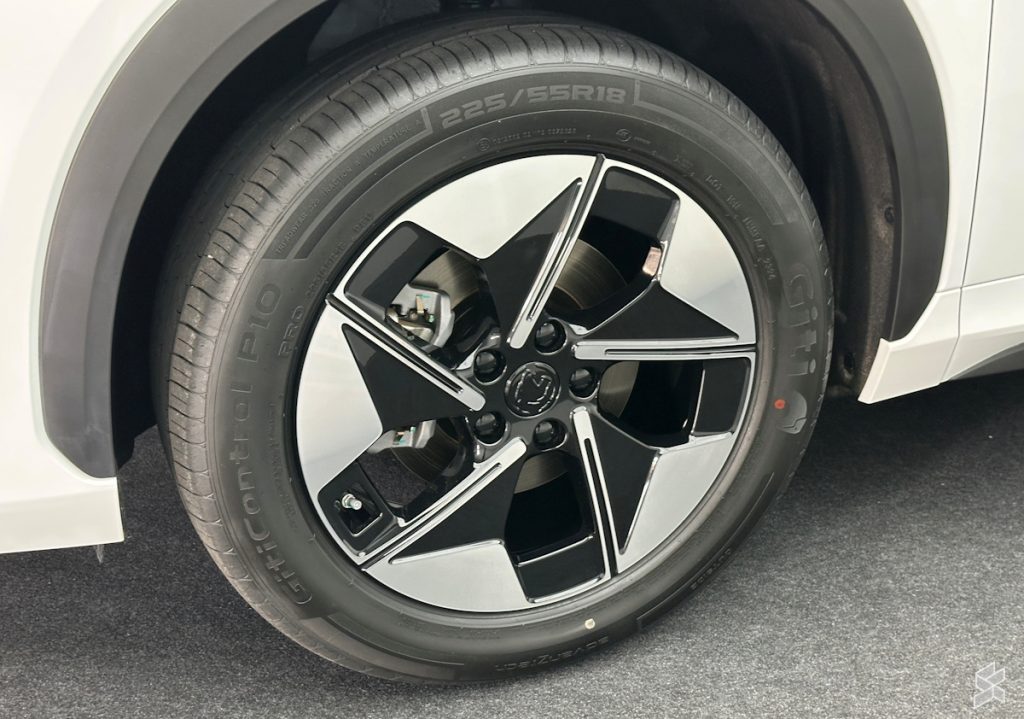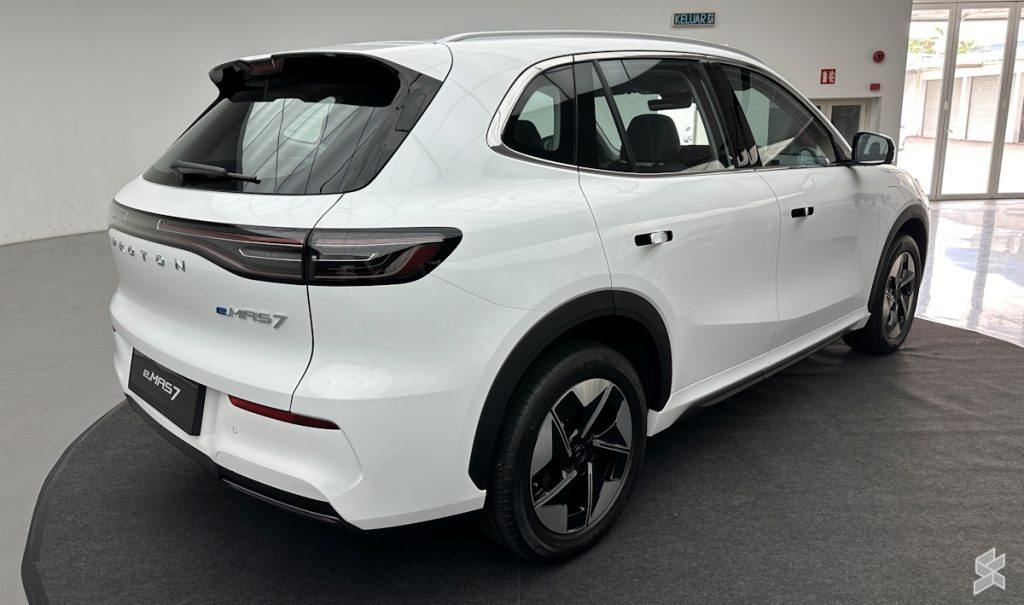Two ‘Ultra’ smartphones are going at it this time around. We’ll be comparing the Xiaomi 14 Ultra vs Vivo X100 Ultra. Both of these smartphones launched in the first half of this year. They are both large and utilize Qualcomm’s most powerful processor. So, in that regard, they’re the same. There are, of course, a number of differences between them, as these are two entirely different companies we’re looking at.
We will first list their specifications, and will then move to compare them in some other aspects. We’ll compare their designs, displays, performance, battery life, cameras, and audio. Before we begin, however, do note that the Vivo X100 Ultra did not launch in a global variant. It arrived only in China, so if you import it, you’ll have to install the Google Play Store manually. That’s not much of an issue, but it’s worth noting, as the software is made for China. With that being said, let’s get to it.
Specs
Xiaomi 14 Ultra vs Vivo X100 Ultra, respectively
– Screen size:
6.73-inch LTPO AMOLED display (curved, adaptive 120Hz, 3,000 nits max brightness)
6.78-inch LTPO AMOLED display (curved, adaptive 120Hz, HDR, 3,000 nits max brightness)
– Display resolution:
3200 x 1440
– SoC:
Qualcomm Snapdragon 8 Gen 3
– RAM:
16GB (LPDDR5X)
12GB/16GB (LPDDR5X)
– Storage:
512GB (UFS 4.0)
256GB/512GB/1TB (UFS 4.0)
– Rear cameras:
50MP (wide, f/1.6-f/4.0 variable aperture, OIS, multi-directional PDAF, 1.6um pixel size), 50MP (ultrawide, f/1.8 aperture, 122-degree FoV, 0.7um pixel size, dual pixel PDAF), 50MP (telephoto, f/1.8 aperture, 0.7um pixel size, dual pixel PDAF, OIS, 3.2x optical zoom), 50MP (periscope telephoto, f/2.5 aperture, 0.7um pixel size, dual pixel PDAF, OIS, 5x optical zoom)
50MP (wide, f/1.8 aperture, 23mm lens, 1-inch type sensor, 1.6um pixel size, PDAF, gimbal OIS), 50MP (ultrawide, f/2.2 aperture, 116-degree FoV, 14mm lens, 0.8um pixel size, 1/2-inch sensor), 200MP (periscope telephoto, macro, f/2.7 aperture, OIS, PDAF, 3.7x optical zoom, 1/1.4-inch sensor, 0.56um pixel size)
– Front cameras:
32MP (wide, f/2.0 aperture, 0.7um pixel size)
50MP (wide, f/2.5 aperture, 0.64um pixel size, 1/2.76-inch sensor)
– Battery:
5,000mAh
5,500mAh
– Charging:
90W wired, 80W wireless,, 10W reverse wireless (charger included)
80W wired, 30W wireless, 5W reverse wired (charger included)
– Dimensions:
161.4 x 75.3 x 9.2mm
164.1 x 75.6 x 9.2 mm
– Weight:
219.8 grams
229 grams
– Connectivity:
5G, LTE, NFC, Wi-Fi, USB Type-C, Bluetooth 5.4
– Security:
In-display fingerprint scanner & facial scanning
In-display fingerprint scanner (ultrasonic) & facial scanning
– OS:
Android 14 with HyperOS
Android 14 with OriginOS 4
– Price:
€1,499
CNY6,499+ ($898)
– Buy:
Xiaomi 14 Ultra (Amazon)
Vivo X100 Ultra (China only)
Xiaomi 14 Ultra vs Vivo X100 Ultra: Design
Both of these smartphones have a frame made out of aluminum. The Xiaomi 14 Ultra also comes in a titanium variant in China. On the back, you’ll find glass in the case of the Vivo X100 Ultra, while Xiaomi has vegan leather aka eco leather on the back, at least as far as its global variant is concerned. The Xiaomi 14 Ultra has a slightly curved display and a centered display camera hole. The display on the Vivo X100 Ultra is also curved, and a centered display camera hole is included here too. Both smartphones have very thin bezels around them.
You will notice that physical keys are located on the right-hand side of both smartphones. They even have a similar place on that side. The Xiaomi 14 Ultra has flat sides, for the most part, while that’s not the case with the Vivo X100 Ultra. If we flip them around, you’ll notice that both phones have a large camera island on the back. They have a camera oreo centered in the upper portion of the back. Those two camera islands are even similar in terms of size, and they both protrude quite a bit.
The Vivo X100 Ultra is a bit taller than the Xiaomi 14 Ultra, while the two phones are almost the same in terms of width. They’re exactly the same when the thickness is concerned. The Xiaomi 14 Ultra is lighter than the Vivo X100 Ultra, at least as far as its global variant is concerned. Both smartphones are IP68 certified for water and dust resistance. The global variant of the Xiaomi 14 Ultra does offer a bit more grip thanks to the vegan leather that it has on the back. Both phones do feel quite substantial in the hand, and are well-built.
Xiaomi 14 Ultra vs Vivo X100 Ultra: Display
The Xiaomi 14 Ultra has a 6.73-inch QHD+ (3200 x 1440) LTPO AMOLED display. This panel is curved, and it has an adaptive refresh rate of up to 120Hz. Dolby Vision is supported here, and the same goes for HDR10+ content. This panel goes up to 3,000 nits of brightness, and it has a 20:9 display aspect ratio. The screen-to-body ratio is around 89%, while the Xiaomi Shield Glass protects this display.

The Vivo X100 Ultra, on the flip side, has a 6.78-inch QHD+ (3200 x 1440) LTPO AMOLED display. This panel is also curved, and it can project up to 1 billion colors. We’re looking at an adaptive refresh rate of up to 120Hz, while Dolby Vision is supported here too. HDR content is supported too, while the peak brightness is set at 3,000 nits. The display aspect ratio is 20:9, while the screen-to-body ratio is at around 89%. The display protection here is unknown.
As you can see, both of these displays look really great on paper. What are they like in actual use? Well, great, basically. They’re both immensely sharp, and they are also quite vivid. The viewing angles on both panels are great, and the touch response is really good too. The blacks are deep, as you’d expect them to be on OLED panels. Both displays get bright enough in all situations, and there’s really nothing to complain about here. They’re not even too curved or anything like that. You’ll be happy with either one of these two panels.
Xiaomi 14 Ultra vs Vivo X100 Ultra: Performance
The Snapdragon 8 Gen 3 fuels both of these smartphones. That is Qualcomm’s most powerful processor, so they’re well-covered in that regard. Both phones also offer up to 16GB of LPDDR5X RAM, not to mention that UFS 4.0 flash storage is used for both of them. Neither company skimped out on performance-related hardware, which is always nice to see, of course. That is especially true considering these are rather pricey flagship phones.
Does all that powerful hardware mean that they both offer great performance? Well, in this case, yes, it does. Both of these phones do a wonderful job day-to-day. They open apps really fast, do a great job with multitasking, consuming multimedia is a joy, they can easily process images and videos, and so on. There’s really nothing of the sort that can bog them down, and you’d really be hard-pressed to make either phone stumble.
What about gaming? Well, they do a really great job in that aspect too. Both devices can run even the most demanding games provided on the Google Play Store without a problem. Genshin Impact is always a good example, and the performance is basically the same as some of the competition offers… great. Yes, both phones will get warm during intense gaming sessions, but never too hot, nor will that affect their performance. You’ll be well-covered in the performance department with either device.
Xiaomi 14 Ultra vs Vivo X100 Ultra: Battery
There is a 5,000mAh battery included inside the Xiaomi 14 Ultra. That is true for the global model, the Chinese variant comes with a 5,300mAh battery pack. The Vivo X100 Ultra, on the other hand, has a 5,500mAh battery included. The Xiaomi 14 Ultra does provide a really good battery life, but it cannot compete with the Vivo X100 Ultra in that regard. Vivo’s handset does fly higher in that regard.
Getting 7 hours of screen-on-time is not a problem on the Xiaomi 14 Ultra, as long as you’re not gaming a lot or something of the sort. The same goes for the Vivo X100 Ultra, but that phone does add to that too. Getting even to 8 hours of screen-on-time is a possibility. That large battery does make a difference, at least to a degree. The good news is, even if you do end up draining either of the two devices ahead of time, they do offer fast charging.
The Xiaomi 14 Ultra supports 90W wired, 80W wireless, and 10W reverse wireless charging. The Vivo X100 Ultra, on the other hand, supports 80W wired, 30W wireless, and reverse wired charging too. So, both phones will charge immensely fast via a wire, while the Xiaomi 14 Ultra does have the advantage in terms of wireless charging speed. Both of them also come with chargers included in the retail box.
Xiaomi 14 Ultra vs Vivo X100 Ultra: Cameras
The Xiaomi 14 Ultra has four cameras on the back, while the Vivo X100 Ultra has three. You’ll find a 50-megapixel main camera (variable aperture, 1-inch type sensor), a 50-megapixel ultrawide camera (122-degree FoV), a 50-megapixel telephoto camera (3.2x optical zoom), and a 50-megapixel periscope telephoto camera (5x optical zoom) on the back of the Xiaomi 14 Ultra. The Vivo X100 Ultra includes a 50-megapixel main camera (1-inch type sensor, gimbal OIS), a 50-megapixel ultrawide unit (116-degree FoV), and a 200-megapixel periscope telephoto camera (3.7x optical zoom).


The images these two phones provide are different, but both devices do a fantastic job. The ones from the Vivo X100 Ultra pull a bit more toward warmer tones. Both phones provide very detailed images during the day, which handle HDR conditions without a problem. They also do a fantastic job in low light, as far as the main cameras are concerned. The Vivo X100 Ultra does light up the scene a bit more, while the Xiaomi 14 Ultra images in low light tend to look closer to real life.
Their secondary cameras do a great job too, both during the day and in nighttime. The difference is noticeable, however, that especially goes for low light scenes. Many of you will want to stick to main units for low light photography. High-zoom shots are a tossup between the two phones, but the Vivo X100 Ultra does a better job with portraits. Both phones do a fantastic job when it comes to macro photography, however. It’s worth noting that Xiaomi’s handset is backed by Leica, while Vivo is partnered up with ZEISS.
Audio
Both of these smartphones feature stereo speakers. Those speakers are good on both ends, but the ones on the Xiaomi 14 Ultra are a bit louder. The difference is not that big, however, and both sets deliver very good sound quality.
You will not find an audio jack on either phone. They do have Type-C ports, so you can always use those to hook up your wired headphones. If you’d like to go wireless, both phones are equipped with Bluetooth 5.4.



